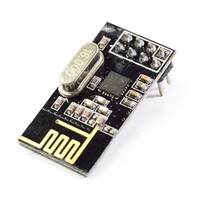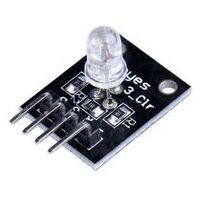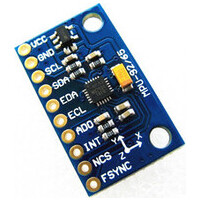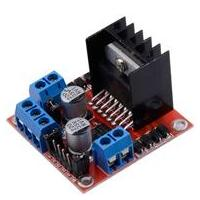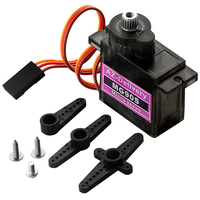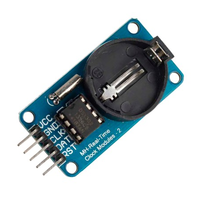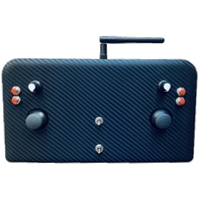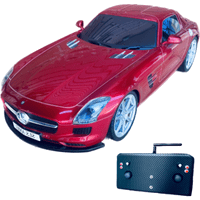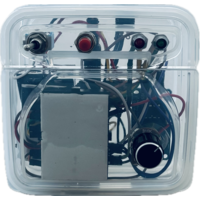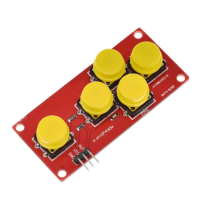When working on simple Arduino projects that need basic navigation or input, the AD keyboard module is a handy little tool. It's a 5-button unit that behaves like a directional pad, with four arrow-style buttons and one additional button. It doesn't require any soldering or setup, which makes it a practical choice for prototyping or small projects. You can plug it in and start using it right away, thanks to its three-pin layout and built-in resistors.
What is Arduino?
Arduino is an open-source electronics platform that consists of both hardware and software components. It is designed for hobbyists, students, and professionals to create interactive and programmable electronic projects. The hardware typically includes a microcontroller board with various input and output pins, allowing users to connect sensors, actuators, and other electronic components.
Need a hand with your project?Arduino Boards
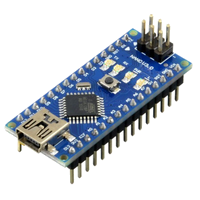
Arduino Nano
A compact board with ATmega328P, ideal for small projects. Features USB connectivity, digital, and analog pins. Versatile for space-constrained applications.
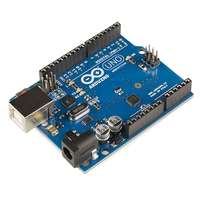
Arduino Uno
Features ATmega328P, USB connectivity, and a balanced set of digital and analog pins. Great for various electronic projects, especially for beginners.
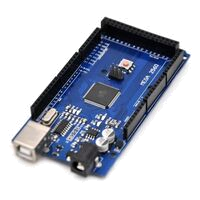
Arduino Mega
Powerful board with ATmega2560, offering numerous digital and analog pins. Suited for complex projects demanding extensive input/output capabilities.
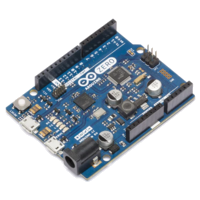
Arduino Zero
Featuring the ARM Cortex-M0+ processor, the Arduino Zero excels in tasks requiring precise control and processing power, making it ideal for space-constrained applications.
Arduino Modules
Arduino projects
Get your Arduino Starter KIT
Begin your Arduino journey with this Starter Kit, crafted for all experience levels. The kit equips you with essential materials, and our blog provides straightforward tutorials and circuit guides. Whether you're new or have some experience, confidently engage in Arduino projects and unleash your creativity.
- 🖐️ Master coding effortlessly with our Arduino board
- 🚀 Unleash creativity with dynamic components
- 🛠️ Plug-and-Play for easy experimentation
- 🤝 Thrive in a supportive maker community
- 💼 Enhance coding and problem-solving skills
- 🌍 Innovate anywhere with a portable design
- ✨ Impress with captivating projects, from LEDs to IoT
Arduino IDE
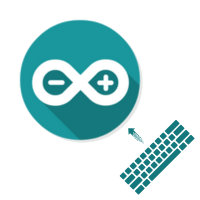
Arduino Monitor
A crucial tool for debugging and communication, the Serial Monitor allows users to interact with their Arduino projects in real-time. It displays data sent from the Arduino, facilitating debugging and providing insights into sensor readings, variable values, and program flow.
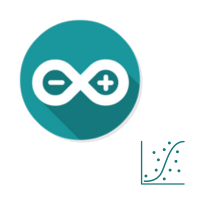
Arduino Plotter
Visual representation tool, perfect for graphing data received through the serial port. This feature helps users analyze sensor readings, visualize variable trends, and debug projects by providing a graphical representation of numeric data over time, aiding in the interpretation of complex datasets.
Recent Arduino guides
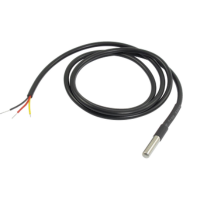
Using the DS18B20 temperature sensor with Arduino Nano
The DS18B20 is a digital temperature sensor that comes in two versions: a small TO-92 package, and a waterproof variant often encased in a metal tube with a long cable. Both provide digital temperature readings and can be used in many indoor and outdoor projects. The DS18B20 uses a protocol called 1-Wire, which only needs one data line to communicate and can support multiple sensors on the same pin.

Getting started with the Arduino IDE
The Arduino IDE (Integrated Development Environment) is the main tool used to write, edit, and upload code to Arduino boards. It's designed to be simple enough for beginners while still providing enough functionality for more experienced users. With a clean interface and compatibility with a wide range of boards, it's the go-to software for working with Arduino hardware.
Need more information?
Get in touch
If there is anything we can do to help, feel free to contact us.
Try to formulate your doubts and/or questions in the most detailed way possible so we can answer all of them more quickly.
